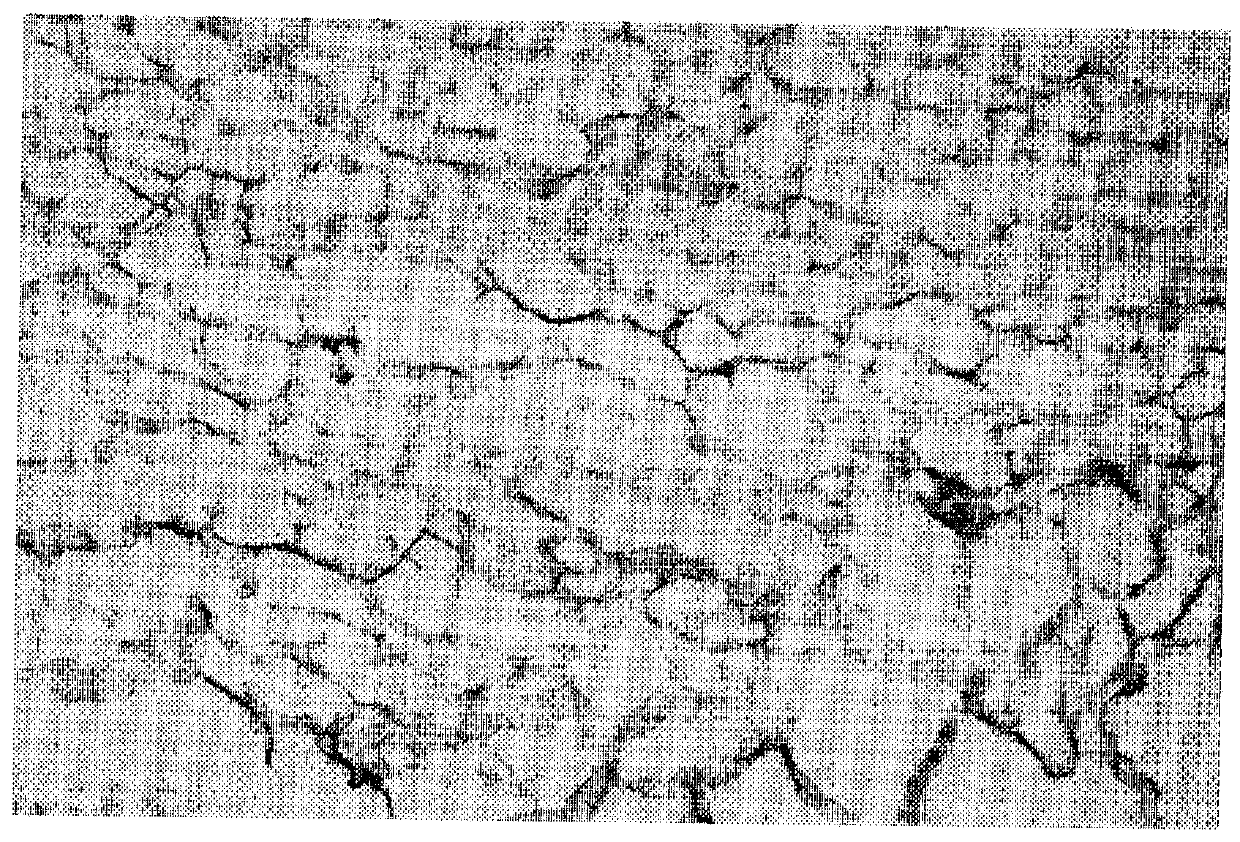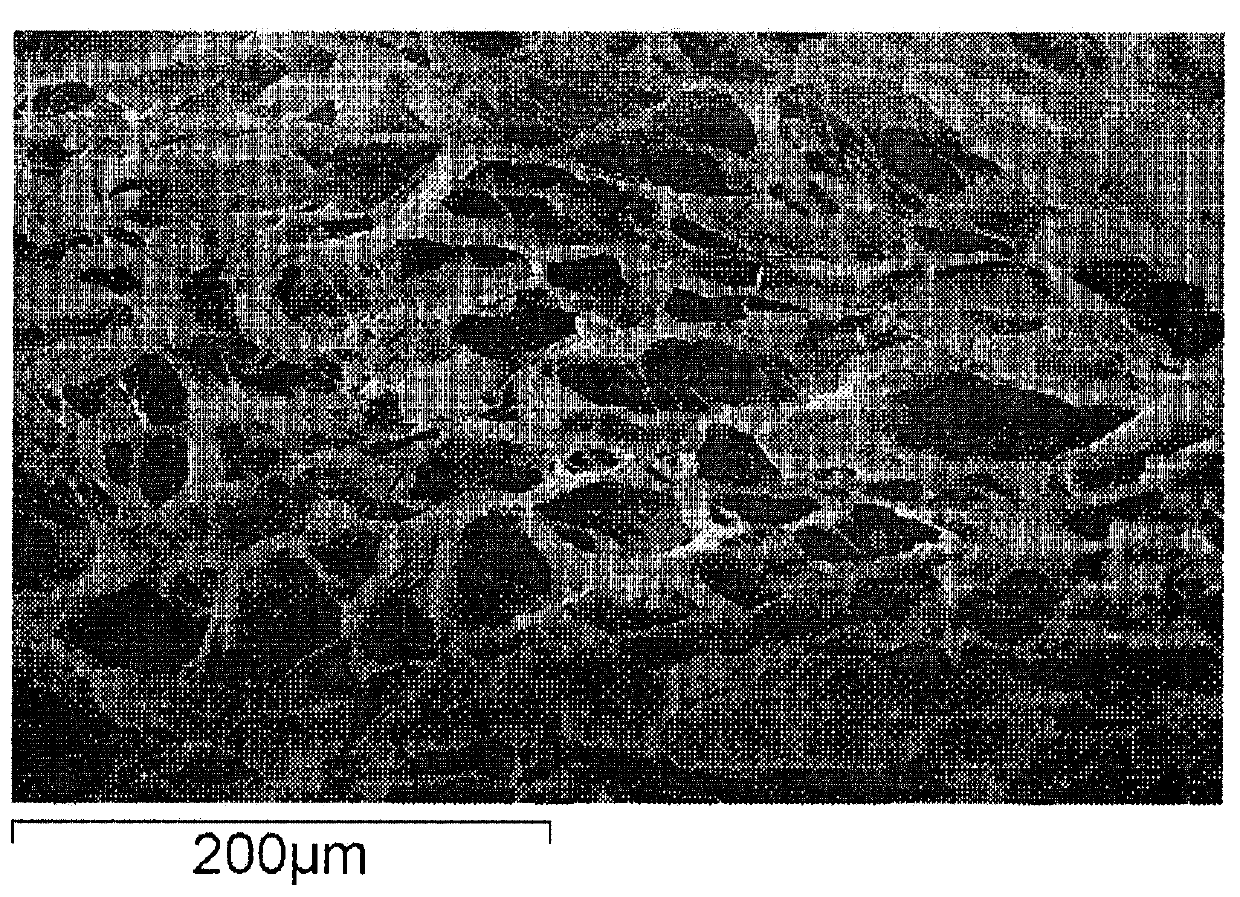a tissue decellularized fluid
A decellularization and tissue technology, applied in the field of tissue decellularization fluid for the preparation of acellular matrix, can solve the problems of destroying the components of omentum protein and affecting biological functions, so as to be beneficial to survival, reduce oxidative damage, and increase biological phase. capacitive effect
- Summary
- Abstract
- Description
- Claims
- Application Information
AI Technical Summary
Problems solved by technology
Method used
Image
Examples
Embodiment 1
[0029] The preparation of embodiment 1 omentum decellularization liquid
[0030] Omentum tissue decellularization solution containing SDS and ascorbic acid was prepared, wherein the concentration of SDS was 1.5% by weight and volume ratio, and the concentration of ascorbic acid (vitamin C) was 0.2% by weight and volume ratio, prepared with sterile phosphate buffered saline (PBS).
Embodiment 2
[0031] Example 2 Decellularization of omentum derived from miniature pigs
[0032] Fresh minipig peritoneal omentum tissues (purchased from slaughterhouses) were taken and washed 3 times in PBS. After the degreasing treatment, soak it in 1L omentum decellularization solution for 18 hours, and wash it in PBS for 3 times, freeze-dry the omentum tissue treated with the decellularization solution, sterilize it by irradiation, and store it at room temperature .
Embodiment 3
[0033] Example 3 Immunohistochemical staining of omentum acellular matrix
[0034] The omentum acellular matrix prepared in Example 2 was fixed with 4% paraformaldehyde solution, dehydrated with concentration gradient alcohol, embedded in paraffin, and slices with a thickness of 4 μm were prepared. The slices were dried on a pathological tissue drying apparatus for 2 hours. Subsequently, the tissue sections were hydrated with graded alcohol (from high to low concentration), and the sections were rinsed with distilled water. Add 3% hydrogen peroxide for 10 minutes to remove endogenous peroxidase; rinse three times with PBS, 5 minutes each time; use antigen retrieval solution for microwave repair, cool to room temperature after repair, rinse three times with PBS, 5 minutes each time; 1% bovine serum white Proteins were blocked at 37°C for 30 min; anti-Collagen I (1:200) and anti-Collagen IV (1:200) primary antibodies were added dropwise respectively, and overnight at 4°C. Wash...
PUM
 Login to View More
Login to View More Abstract
Description
Claims
Application Information
 Login to View More
Login to View More - R&D
- Intellectual Property
- Life Sciences
- Materials
- Tech Scout
- Unparalleled Data Quality
- Higher Quality Content
- 60% Fewer Hallucinations
Browse by: Latest US Patents, China's latest patents, Technical Efficacy Thesaurus, Application Domain, Technology Topic, Popular Technical Reports.
© 2025 PatSnap. All rights reserved.Legal|Privacy policy|Modern Slavery Act Transparency Statement|Sitemap|About US| Contact US: help@patsnap.com



